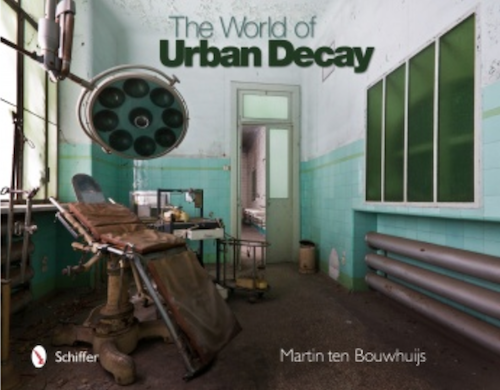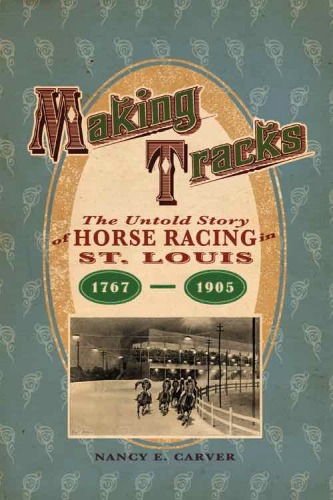 Who doesn’t like books? Below are five books from 2014 to consider:
Who doesn’t like books? Below are five books from 2014 to consider:
Hoosiers and Scrubby Dutch: St. Louis’s South Side, 2nd Edition by Jim Merkel
On the South Side, there lived a tactless TV guy who had a way of getting tossed out of everything on camera, from the old VP Fair to Bill Clinton’s 1996 local re-election victory party. On the South Side, there dwelt a collector of ancient vacuum cleaners, none of which worked when he demonstrated them before millions of guffawing viewers watching on national television. And on the South Side, a beer baron tried to fight off Prohibition with a high-class, three-sided beer hall. It’s all in the second edition of Hoosiers and Scrubby Dutch: St. Louis’s South Side. The first edition captured the essence of South St. Louis, with its tales of women scrubbing steps every Saturday, the yummy brain sandwich, and a nationally known gospel performer who ran a furniture store in the Cherokee neighborhood. These stories, along with the new ones that fill the second edition, convey what gives a truly unique place its rough but charming personality. The result-Holy Hoosiers!-is an edition that’s even better than the first!
Making Tracks: The Untold Story of Horse Racing in St. Louis, 1767-1905 by Nancy E. Carver
At one time, horse racing was a more popular sport than baseball. Nowhere was this reality more apparent than in St. Louis. From 1767 to 1905, throngs of excited St. Louisans rooted for their horses in almost twenty different racing venues around the area. Making Tracks takes readers on a tour of local tracks and racing history, where surprising facts emerge. St. Louis had the first night racing in the country; the St. Louis Browns, a professional baseball team, shared their baseball field with a race track; the St. Louis World’s Fair Handicap in 1904 dazzled the racing world with a $50,000 purse; famous people, including celebrated jockeys and horsemen, came to St. Louis to race; and the Delmar Loop track made history as the city’s last track and the scene of a notorious raid orchestrated by the Missouri governor. The track histories capture the thrill of the sport and the flavor of the times, including the political, social, economic, and religious realities involved. Making Tracks is a must read for horse racing fans, local history buffs, and people who love a good story. Saddle up and take a ride on bygone tracks once filled with passionate and engaged fans.
Happy Birthday, St. Louis! by Carolyn Mueller, illustrated by Ed Koehler
St. Louis has an amazing history that includes the landing of Chouteau in 1764, a famous World’s Fair, Charles Lindbergh’s historic flight the building of the Gateway Arch, and many other great moments. Happy Birthday, St. Louis! captures the city’s highlights along with a tradition that features steamboats, trains, baseball, and music. St. Louis is truly a place to be celebrated. Join the party celebrating 250 years and many, many more! For ages 3-8.
The Making of an Icon: The Dreamers, the Schemers, and the Hard Hats Who Built the Gateway Arch by Jim Merkel
The Gateway Arch is one of America’s most distinctive and beloved national monuments. Much has been written about the Arch, but no book has captured the legend, lore, and spirit behind its conception and construction, until now. The Making of an Icon: The Dreamers, the Schemers, and the Hard Hats Who Built the Gateway Arch compiles well-known, and rare, stories about the visionaries, finaglers, protesters, and fearless-but-skilled hands involved in an incredible undertaking that courted as much controversy as it did enthusiasm. The dreamers included the architect Eero Saarinen, who spent fourteen years tweaking his design for a Gateway Arch but never lived to see it built. Topping the list of schemers was Democratic Mayor Bernard Dickmann, who threatened to throw Missouri to President Franklin D. Roosevelt’s Republican opponent if the president wouldn’t provide money for Smith’s memorial. That was left to intrepid workers who walked without lanyards hundreds of feet above the ground. Today, 2.5 million visit the Gateway Arch every year, and more than 100,000 motorists view the 63-story monument daily from miles away and up close. Many already comprehend its symbolic meaning and physical beauty. The Making of An Icon helps us appreciate the relentless pursuit, innovation, and toil that made the Arch happen.
The Gateway Arch: A Biography by Tracy Campbell
Winner of the 2014 Missouri History Book Award given by The State Historical Society of Missouri.
Rising to a triumphant height of 630 feet, the Gateway Arch in St. Louis is a revered monument to America’s western expansion. Envisioned in 1947 but not completed until the mid-1960s, the arch today attracts millions of tourists annually and is one of the world’s most widely recognized structures. By weaving together social, political, and cultural history, historian Tracy Campbell uncovers the complicated and troubling history of the beloved structure. This compelling book explores how a medley of players with widely divergent motivations (civic pride, ambition, greed, among others) brought the Gateway Arch to fruition, but at a price the city continues to pay.
Campbell dispels long-held myths and casts a provocative new light on the true origins and meaning of the Gateway Arch. He shows that the monument was the scheme of shrewd city leaders who sought to renew downtown St. Louis and were willing to steal an election, destroy historic buildings, and drive out local people and businesses to achieve their goal. Campbell also tells the human story of the architect Eero Saarinen, whose prize-winning design brought him acclaim but also charges of plagiarism, and who never lived to see the completion of his vision. As a national symbol, the Gateway Arch has a singular place in American culture, Campbell concludes, yet it also stands as an instructive example of failed urban planning.
Be sure to look for these and other books at local bookstores.
— Steve Patterson
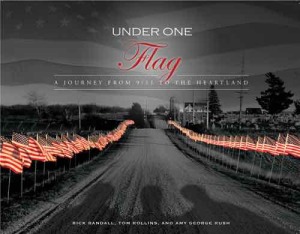 On Tuesday I told you about Convention Center Follies: Politics, Power, and Public Investment in American Cities by Heywood T. Sanders and a week ago about about five St. Louis books. Today’s book, a beautifully photographed hardcover coffee table book, deserved its own post:
On Tuesday I told you about Convention Center Follies: Politics, Power, and Public Investment in American Cities by Heywood T. Sanders and a week ago about about five St. Louis books. Today’s book, a beautifully photographed hardcover coffee table book, deserved its own post: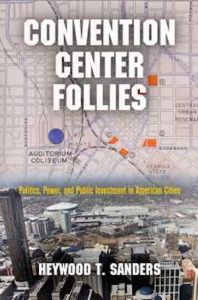
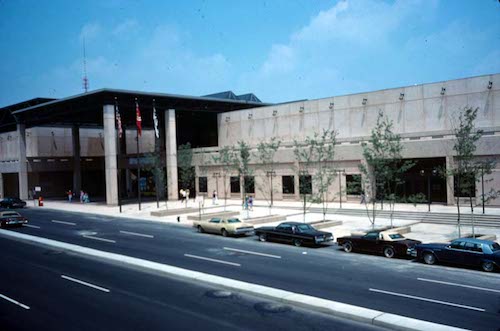
 Who doesn’t like books? Below are five books from 2014 to consider:
Who doesn’t like books? Below are five books from 2014 to consider: